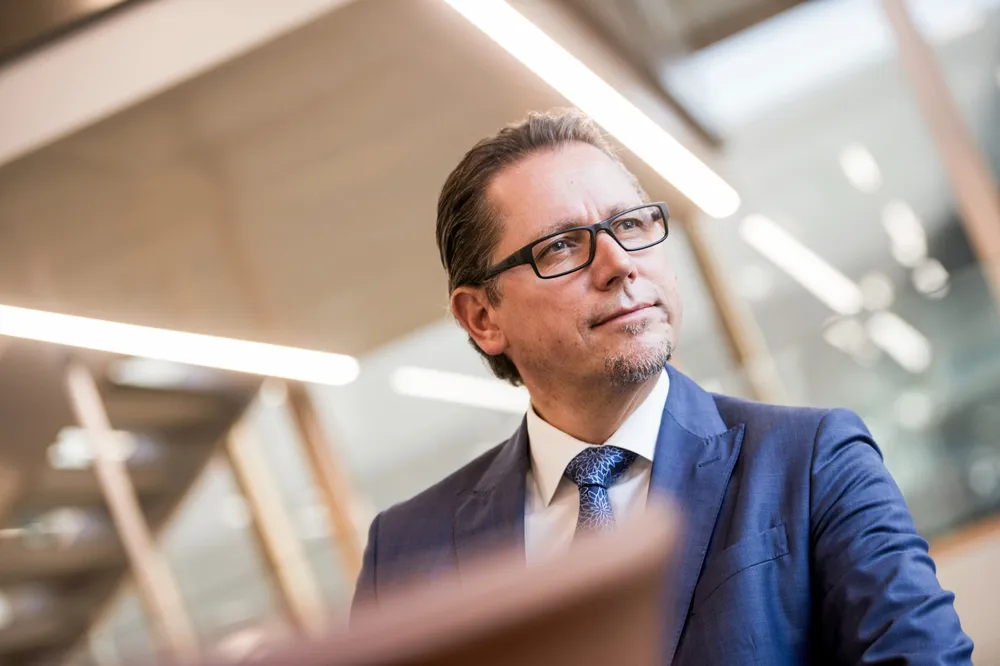DNV to assess viability of blending hydrogen into South Korea’s gas pipeline network
Two-year study intended to help Asian nation introduce hydrogen into energy system

Two-year study intended to help Asian nation introduce hydrogen into energy system
